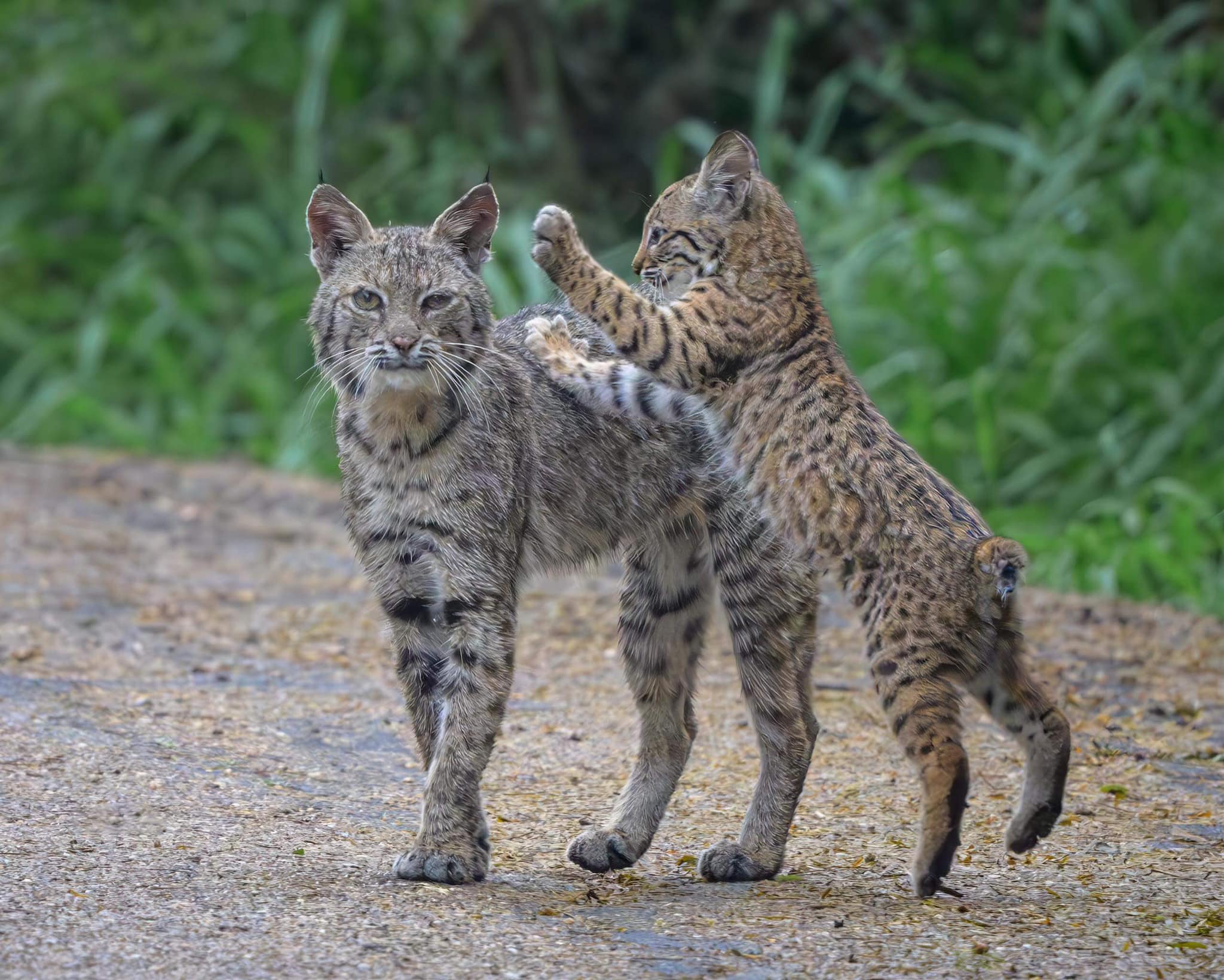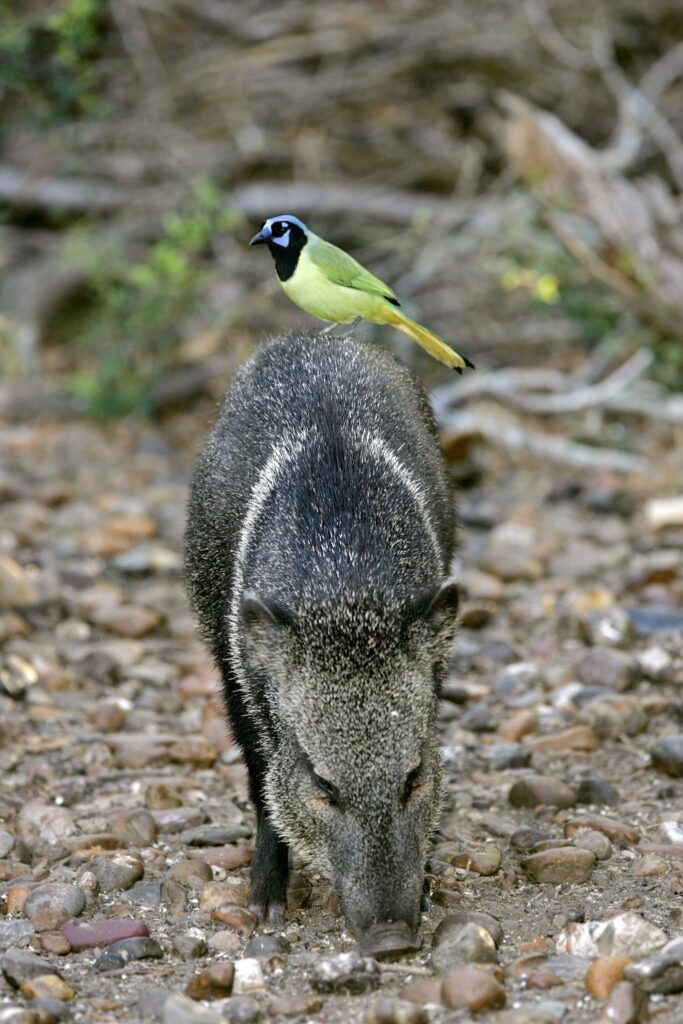- April 29, 2024
National Wildlife Refuge System in Texas Grows by More Than 9,000 Acres

Recent acquisitions by the U.S. Fish and Wildlife Service have added more than 9,000 acres to the public lands managed by the National Wildlife Refuge System in Texas. From Columbia bottomlands on the Gulf Coast to grasslands in Central Texas and coastal prairie in the Rio Grande Valley, these newly acquired properties aim to protect habitat for a diversity of wildlife and benefit the public for generations to come.
“Texas is one of the most biodiverse states in the U.S. with tens of thousands of native animal and plant species inhabiting hundreds of different habitat types,” Amy Lueders, the Service’s Southwest Regional Director. “Each of our Texas National Wildlife Refuges were established to help safeguard this biodiversity, with a focus on protecting habitat for migratory birds along with listed and at-risk species. Many of them are also places for people to enjoy nature and the outdoors. We are extremely grateful for the partners who assisted with ensuring these properties are protected in perpetuity for the benefit of both wildlife and the public.”
At Lower Rio Grande Valley National Wildlife Refuge in South Texas, the Service acquired more than 57 acres of water features and native brush within and adjacent to Tiocano Lake and along the natural floodplain of the Rio Grande. Native wildlife species that will benefit from this acquisition include a variety of mammals, reptiles and amphibians. The properties also provide habitat for migratory and wintering birds and other unique Rio Grande Valley birdlife including chachalacas, green jays, great kiskadees, black-bellied whistling ducks, golden-fronted woodpeckers, roseate spoonbills, wood storks, caracaras, a variety of doves, kingbirds, hummingbirds, owls, and several species of hawks and falcons.
At Laguna Atascosa National Wildlife Refuge in South Texas, the Service acquired 10 acres adjacent to existing refuge lands in Cameron County. The entire tract consists of coastal wetland and prairie and hosts native vegetation such as sea-oxeye daisy and gulf cordgrass. Wildlife documented on or near the property include yellow-headed blackbird, horned lark, mockingbird, red-tailed hawk, Harris’ hawk, northern harrier and long-billed curlew, and evidence of raccoon, coyote, and deer.

These acquisitions were made possible with the help of numerous non-profit conservation partners, including The Conservation Fund, Friends of Laguna Atascosa National Wildlife Refuge and the National Fish and Wildlife Foundation.
The National Wildlife Refuge System grows through the conservation of fee-title and easement acquisitions from willing sellers within approved acquisition boundaries. To purchase the acquisitions, the Service uses Migratory Bird Conservation Funds, which are generated from the sale of federal Duck Stamps and import duties on arms and ammunition, and Land and Water Conservation Funds, which fulfill a bipartisan commitment to safeguard America’s natural areas and provide public outdoor recreation opportunities for all Americans.
Across the U.S., the National Wildlife Refuge System is an unparalleled network of 571 national wildlife refuges, 38 wetland management districts and 5 marine national monuments. A national wildlife refuge is within an hour’s drive of most major metropolitan areas. More than 67 million Americans visit refuges every year. Refuges provide vital habitat for thousands of species and access to world-class recreation, from fishing, hunting and boating to nature watching, photography and environmental education. This recreation on national wildlife refuges supports regional economies to the tune of $3.2 billion dollars per year and supports more than 41,000 jobs.

